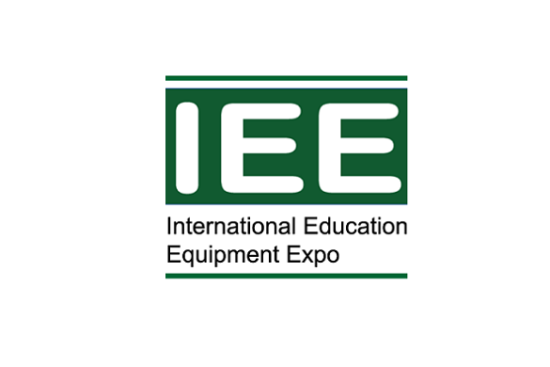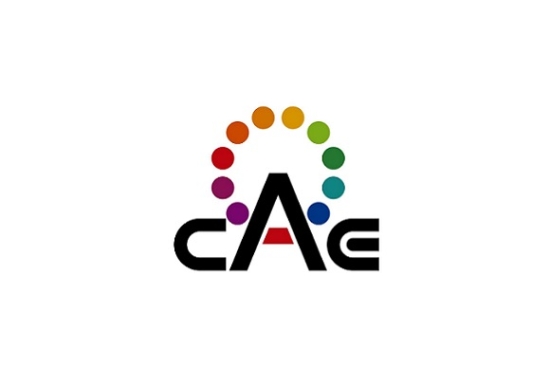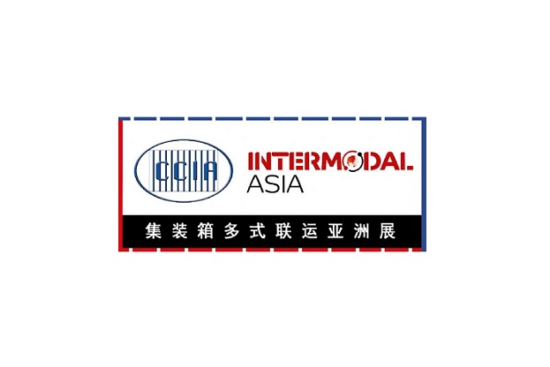About Value, Duties and Penalties…
By Shawna Karajic, Export Solutions Inc. In 1789, Benjamin Franklin wrote in a letter to Jean-Baptiste Leroy, "...in this world nothing is certain except death and taxes." Nothing is more true than when you are trying to import goods from another country. If you don't fill out all the elements of your import declaration correctly, you may end up paying some additional duties (taxes) to U.S. Customs. There are several elements on an import commercial invoice that need to be accurate, but in this blog, I will focus on the value. Why do your values need to be accurate? Valuation is an important part of import declarations. U.S. Customs has several informed compliance publications that address value, determining value, how commissions are factored into value, and appropriate deductions. These publications are listed below. Your value needs to be accurate because that's how duties and taxes are determined based on your classification. For example, if you import a men's knitted wool…
Comply with Canadian export and import regulations
By Shawna Karajic, Export Solutions Inc. Spoiler alert – similar but different As a U.S. importer or exporter, we must comply with specific regulations. For defense articles, we are regulated by the International Traffic in Arms Regulations (ITAR); for dual-use and commercial items, we are subject to the Export Administration Regulations (EAR); and for imports into the United States, we are regulated by the Customs Regulations and the Harmonized Tariff Schedule of the United States (HTSUS). Importers and exporters in Canada are also subject to complex regulations. In fact, from the perspective of a humble US trade compliance professional, I would argue that Canada’s import and export regulations are just as complex as those in the US, and exporters and importers must also work within a matrix of government agencies. Incidentally, Canada loves their acronyms just as much as the US does, but perhaps not as much as they love hockey pucks! Importing into Canada: When entering Canada, Canadian companies…
‘New’ best practice guidance for addressing transfer risk
By Shawna Karajic, Export Solutions Inc. In July of this year, the U.S. Bureau of Industry and Security (BIS) recently issued guidance on addressing export diversion risk. (Diversion risk refers to the possibility that items, technology, or services could be redirected or transferred to unauthorized end users or end uses, which could violate export control laws and regulations). The guidance outlines various actions BIS takes to notify industry of entities that present a diversion risk, beyond those identified on public screening lists such as the Entity List. It includes mechanisms such as “supplier list” letters, program guardian requests, red flag letters, and “as-made-known” letters. These tools help industry more effectively screen their customers and transactions to protect U.S. national security by identifying entities that may be diverting export-controlled items to restricted end-uses/users and countries of concern such as Russia. Additionally, BIS recommends that exporters of Common High Priority List (CHPL) items use the Trade Integrity Program (TIP) online resource for…
Understand the basics of customs tax refund
By Shawna Karajic, Export Solutions Inc. Duty Drawback is probably the most underutilized drawback program of the U.S. Customs. Most companies tend to seek to save on duty on the front end when importing goods into the U.S. With Duty Drawback, you can get a full refund of duty on the back end. It's a bit like filing your personal taxes. Throughout the year you pay taxes on every paycheck you receive. Then, when it's time to file your taxes, you look for all the deductions that can help reduce your tax liability. If you're lucky enough, you'll get a big payout from Uncle Sam. The tax refund process is similar. What is a tax refund? According to U.S. Customs, “Drawback is a refund of certain duties, internal taxes, and certain fees imposed when goods are imported and refunded when goods are exported or destroyed.” The duty rebate is not new. It is one of the oldest programs in the…
Explaining the new AUKUS rules
By Shawna Karajic, Export Solutions Inc. In September 2021, Australia, the United Kingdom, and the United States announced the signing of the AUKUS agreement, which caused a stir in the international community. This trilateral security partnership aimed at strengthening maritime security, emerging technologies, and defense capabilities in the Indo-Pacific region has since attracted global attention. In response to this significant development, the U.S. Department of Commerce published an interim final rule for the Export Administration Regulations (EAR). The rule is intended to address the changing dynamics of international security partnerships and technology cooperation. Another regulatory response is the Notice of Proposed Rulemaking (NPRM) for the International Traffic in Arms Regulations (ITAR). The proposed rule is intended to accommodate the changing dynamics of international defense partnerships and protect sensitive technologies. Let’s take a closer look at these two rules and what this new chapter in defense cooperation will look like. Understanding the EAR and the Interim Final Rule: The Export Administration…
What’s the minimum to argue about?
By Shawna Karajic, Export Solutions Inc. In the world of international shipping and e-commerce, the term “Section 321” means a lot, especially to those who import goods into the United States. Under this provision of the Trade Facilitation and Trade Enforcement Act of 2015, goods valued at $800 or less can enter the country duty-free and without formal entry requirements. However, the process isn’t always smooth, and sometimes, goods are singled out for further inspection by Customs and Border Protection (CBP). So why has the recent debate over de minimis cargo raged so fiercely? Here’s what you need to know: Article 321 Background: Section 321 of the U.S. Tariff Act of 1930 provides for de minimis or low value imports. This allows goods below a certain retail value to enter the U.S. unofficially, duty free and with fast customs clearance. If you’ve been in the business for a while, you may remember that this value was once capped at $200.…
Smuggling, deception, fraud, oh my god!
By Shawna Karajic, Export Solutions Inc. Deception is the favorite game of the bad guys. The lengths to which these individuals will go to break the law are incredible. Whether it be guns, drugs, or money, the skills they use to deceive U.S. Customs or the Commerce Department's Bureau of Industry and Security are astounding. During my time in this industry, primarily in the import business, I have witnessed some of their actions firsthand. The bad guys are constantly looking for ways to achieve their goals or conduct illegal operations. Their ingenuity in trying to smuggle illegal goods through import and export channels is extraordinary. Recently, BIS released another Don’t Let This Happen to You report. It’s a very interesting article about individuals and companies that have violated U.S. export laws. Let’s take a look at some of these cases. Case 1: Eric Baird/Access USA Shipping LLC From August 1, 2011 to January 7, 2013, Baird served as CEO of…


















